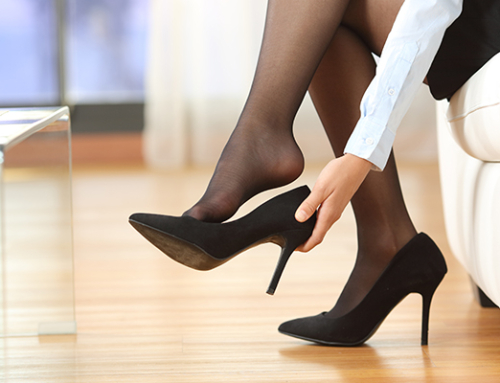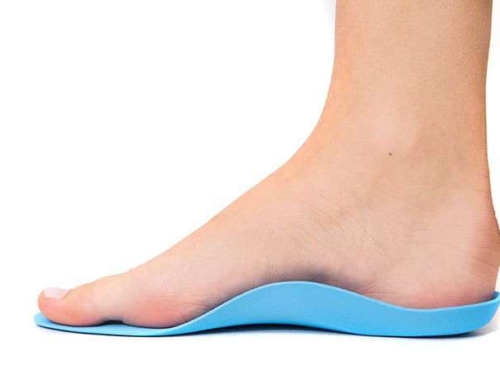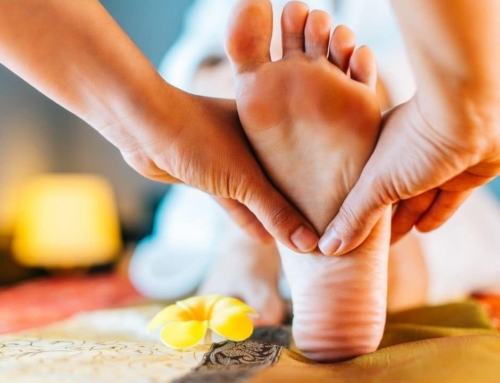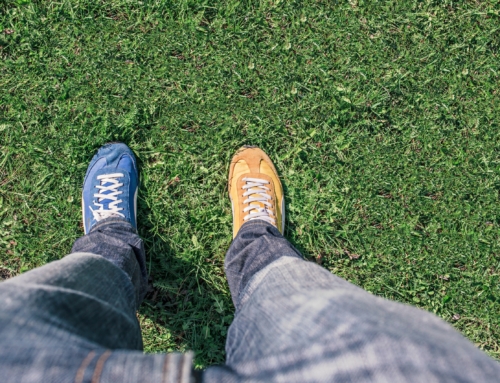Many different ailments can cause problems for your feet. It is best to find out the underlying cause as soon as you can. Talk to a professional so they can examine your feet, assess your symptoms, and perform any necessary tests. The sooner they can start a treatment plan, the more successful it will be.
These are 7 of the most common foot problems people experience. Don’t be embarrassed to talk to a professional about your concerns. It may surprise you how many people have the same pain or discomfort you share with the professional. People from all backgrounds experience problems with their feet. Don’t ignore the warning signs your body is giving you, indicating something isn’t right.
#1 Athlete’s Foot
While athlete’s foot is common, it should never be ignored. This type of fungi can spread quickly to other parts of the body. It can also spread to other people, creating a huge problem in households or locker rooms. Humid conditions, feet sweating in socks, and poorly ventilated shoes can all contribute to this problem.
The feet tend to get dry, cracked, and itchy when athlete’s foot starts. It can quickly cause burning or even blisters. The skin can turn colors and a person may get an infection, requiring both antibiotics and prescription strength anti-fungal cream to resolve it. Chronic athlete’s foot is a concern and should be evaluated by a professional.
#2 Blisters
When shoes are too tight, they tend to rub on various areas of the feet as you move. This is typically around the back of the heel. However, inflammation and other concerns can cause blisters to develop around the big or small toes too. Fluid builds up inside the area, and that means any shoes you put on will also irritate that area further.
Never pop a blister as that makes it vulnerable to infection. Instead, cover the area with a bandage and allow it to drain on its own. Try to go without shoes or wear different shoes than what caused the blister to give it time to heal. Wearing socks with shoes can prevent the friction that creates blisters if they are indeed the right size. If you already wear socks, they may be too thin to offer adequate protection. A thicker sock or wearing two pairs of socks can be an easy solution.
If a blister does open up, clean it with soap and water. Apply antibiotic ointment to speed up the healing process. Then cover it with a bandage before you put on shoes. If the area stays wet, take the bandage off when you are inside and won’t be wearing shoes so it can dry up. Don’t be tempted to remove the dead skin around it, allow it to naturally fall off.
#3 Bunions
A bunion can develop in the joint between the foot and the big toe. It starts out small but then it gets larger and more prominent. This inflammation and the joint being out of place mean it doesn’t fit well in your shoes anymore. The result is painful movement each time you put on shoes. The pain gets worse when you walk around like that. The pressure for this type of scenario can cause all of the toes to move out of their natural alignment.
Bunions are often the result of shoes being too tight. Women who wear high heels regularly are vulnerable to them. Padding inside of the shoes can help prevent them from developing or from getting worse. Make sure your shoes are the correct size and replace them if you have outgrown them. If the problem continues, seek medical attention. If you let a bunion, get too large, it may require a surgical procedure to remove it.
#4 Calluses and Corns
Rough patches of dead skin create calluses and corns on the feet. The difference between them is where they develop. Calluses are found on the bottom of the feet while corns are found on the top of them. As the dead skin gets thicker, it creates pain and pressure when you put on a pair of shoes. The area can continue to get irritated if you don’t resolve it.
They are the result of friction that is constant, and that indicates you need to change your shoes. If you wear the same pair often, it is time to mix it up. If calluses or corns get too bad, it may require a cortisone shot to reduce the size of them. A professional can use tools to remove the dead skin. Never do it on your own as you can cause pain or infection. They know how deep to go, and they will only affect the dead skin so there is no pain. If the problem is serious, a surgical procedure may be required.
#5 Hammer Toe
Not only does hammer toe or claw toe look different, but it is extremely painful. In this scenario, one or more of the toes overlap with others. They don’t lay flat next to each other, and this means it is extremely painful to wear shoes or to walk. It can be hard to keep your balance too because certain joints in the toes don’t bend properly.
Hammer toe can be caused by a deformity at birth, an injury, or health issues including arthritis. Nerve damage from diabetes or other disorders can also lead to this. Individuals with such health problems should take preventative action with their foot care and see a specialist regularly. See a professional if hammer toe is developing. Treatment including splints and tape can help correct the problem. If the deformity is severe, surgery may be required to correct it.
#6 Ingrown Toenails
Cutting toenails too short can cause them to be ingrown. Typically, this happens with the large toe, but it can develop with any of them. The swelling and pain can make it difficult to put on shoes. If it gets infected it may start to throb or pus may come out of it. Always clean your toenail clippers after using them.
If you clip a toenail wrong or it bleeds, soak it in water for a few minutes. Dry the area and apply an antibiotic. Wear shoes that aren’t too tight or go without shoes if possible. Ingrown toenails are often the result of curved cuts. Strive to cut them straight across to reduce the risk. If the problem doesn’t clear up soon or it seems infected, see your doctor. They may have to remove it for you or prescribe a stronger antibiotic to kill the infection.
#7 Plantar Fasciitis
There is a ligament that goes from the heel to the foot, and when that is inflamed it can cause Plantar Fasciitis. It can take months for this to heal, and it is extremely painful. This ligament offers support for the bottom of the foot, and it is hard to walk when it is hurting. High-impact exercise or sports can cause it. Individuals that are obese have a higher risk of Plantar Fasciitis due to the extra weight on the feet.
There are stretching exercises you can perform at home a few times a day to reduce pain and inflammation. These exercises also help increase flexibility. Low-impact exercise including swimming is a good way to stay active and give this ligament time to heal. Over-the-counter pain remedies can help with inflammation. If the problem is extremely painful beyond what you can handle or it doesn’t improve, see a doctor. Surgery may be necessary to correct it.






